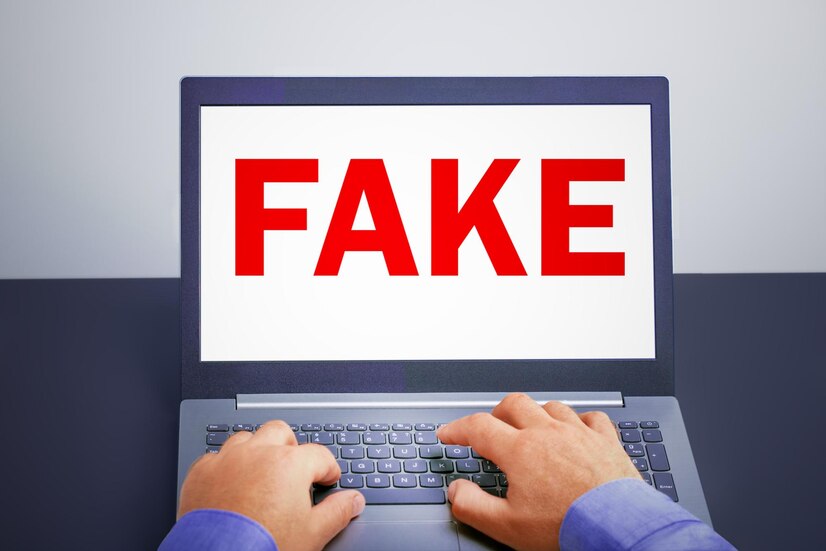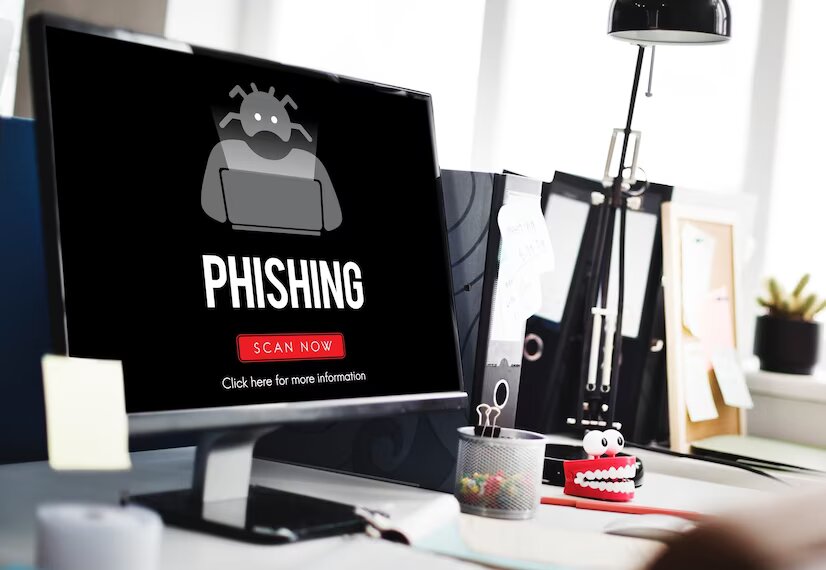What Is The Harm Of Fake Websites And How To Take Them Down?

Amidst the presence of the internet, fake websites have become a growing fear for both individuals and business owners. With millions of fake websites created monthly, these malicious sites are created to trick unsuspecting people and can cause unmeasurable issues, from identity theft to financial loss.
The damage imparted by counterfeit websites is disastrous, but luckily there are ways that one can detect them and take action accordingly. For this reason, in this article, we will explore the damages caused by fake sites and provide pragmatic hints on how to protect yourself and deter them.
Whether you’re a small business owner or a concerned person, read ahead to learn more regarding this essential matter while understanding how best to guard against it.
What Is A Fake Website?
A fake or counterfeit website is a webpage fashioned to deceive users into thinking it is legitimate or real. These sites are made to look genuine and usually comprise the appearance and feel similar to popular webpages like online business platforms, banking websites, or social media networks.
The inventors or creators of fake websites use various techniques to deceive people into providing their personal or financial information, such as usernames or log in details, credit card numbers, or social security numbers. They could employ phishing techniques, which may involve dispatching fraudulent emails/messages that seem real to lure visitors toward the fake site.
Damages Caused By Fake Sites
The ways of scammers cannot be predicted, as they are always on the move, targeting businesses and even individuals with great personalities. Their actions aim to accumulate customer data, private information, or financial details about their targets to use them for fraud and future scams.
This is exactly why it is important to ensure all necessary measures are put in place to protect yourself and your business from these malicious acts.
Here are the damages and issues caused by fake websites:
Financial Loss: Fake sites may deceive users into providing their financial information or even making payments for products or services that don’t exist. This can lead to direct financial losses for users.
Identity Theft: Some fake sites may ask for personal information such as names, addresses, and phone numbers. The aftermath of the information can be used to commit identity theft or other types of fraud.
Malware Infection: Some fake sites may host malware that can infect a user’s computer or mobile device with viruses or spyware. The outcome can lead to data loss, system crashes, and other issues.
Reputation Damage: If a user falls victim to a fake site, they may share their negative experience with others, damaging the reputation of the legitimate business or organization the fake site was impersonating.
Psychological Impact: Falling victim to a fake site can cause users to stress, anxiety, and other negative emotions. This can also affect their trust in legitimate businesses and the internet as a whole.
Steps Taking Fake Websites Down
The moment you discover that your business or website has been cloned and a fake one is live, it’s time to take immediate action. Not taking quick steps can devastate your business and, in the long run, cost you a huge amount of money and tarnish your business’s image or brand.
These are the real actions to embark on to take the fake website down as soon as possible:
Report To Authorities
As soon as you notice or discover that another fake website exists, one quick step to take is to make a report to the right authorities. Of course, there are many authorities out there to report to, such as the FBI, and you can also report to your local authorities.
Also, making a report and gathering every necessary detail available to make your report valid before the website disappears is important.
Contact Hosting Provider
They may require 24-48 hours for a response after informing the relevant entities and sending a DMCA notification to the hosting affiliation. If they do not react within this given timeframe, you should contact the hosting company and request that the false website be removed. Consulting with legal counsel may be advisable if the arrangement is uncooperative or indicates a willingness to disregard it.
Bring In A Lawyer
This step is an effective way to remove a fake website implicating your brand. Although you may have to pay some dollars to legal practitioners, you cannot compare the cost of losing your customers due to a fake website to the cost of hiring a lawyer.
Once you have hired an attorney and provided them with all the required information for making a complaint about the fake website, they would contact the hosting company and ask that it take down or suspend its services for the malicious site.
In the event a false website is engaged in unlawful conduct, such as marketing faux wares or advocating deceptive plans, it must be reported to authorized entities like the Federal Trade Commission (FTC), Internet Crime Complaint Center (IC3), or a regional police department.
Use Anti-Phishing Tools
Anti-phishing tools like Red Point software, Google Safe Browsing, and Microsoft SmartScreen can help identify and block fake websites. Web browsers like Chrome, Firefox, and Safari have built-in protections against phishing and can warn users if they visit a potentially harmful website.
Contact Google To Report
It is also important to contact Google and other search engines to have the fake website removed from their indexes. Google has a ‘Report Phishing’ page on its website where one can submit a report about malicious websites.
Although this can be a long process, as Google receives so many reports every day, it is a good way to ensure that the website does not appear in their search results and thus make it difficult for potential victims to find them.
Send A Takedown Message To Digital Millennium Copyright Act (DMCA)
This process is simple and relatively pain-free – all you need to do is fill out the form describing the infringing website and then submit it. Once your message reaches DMCA, they will promptly review it and take action against the fake site.
With DMCA on your side, you can rest assured that your intellectual property will be safe from infringement and unauthorized use. Takedown messages provide a swift and positive solution for those wishing to protect their digital goods, helping them avoid fraudsters and scammers.
Final Thoughts
Fake websites are a growing concern for individuals and business owners alike, as they can cause unmeasurable damage, from identity theft to financial loss. It is vital to be aware and sensitive to the different scam activities available to protect yourself and your business from them.
Fortunately, there are ways that one can detect fake sites and take action accordingly by reporting it to authorities or contacting hosting providers.
Additionally, using anti-phishing tools like Google Safe Browsing or sending takedown messages via DMCA will help you avoid fraudsters and scammers while protecting your intellectual property rights. By understanding how these malicious sites work, we should all be better equipped to know how best to guard ourselves against their devastating effects.
Read Also:





























